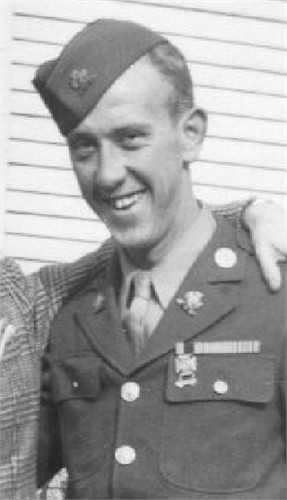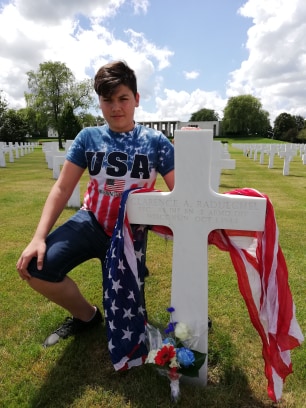Two hundred thousand families who suffered the double heartbreak of losing a child, husband, wife, brother, sister, a friend who would never return home. But many of these heroes so far from home are being taken care of by new adoptive families, most often, locals who live near the American cemeteries. These individuals and families honor the memory of those who fought and beat the Germans by visiting their graves on special occasions and preserving their memories.
At Netherlands American Cemetery in Margraten, each one of the 10,011 American soldiers and airmen buried or memorialized there has been adopted by local families – and there is a waiting list.
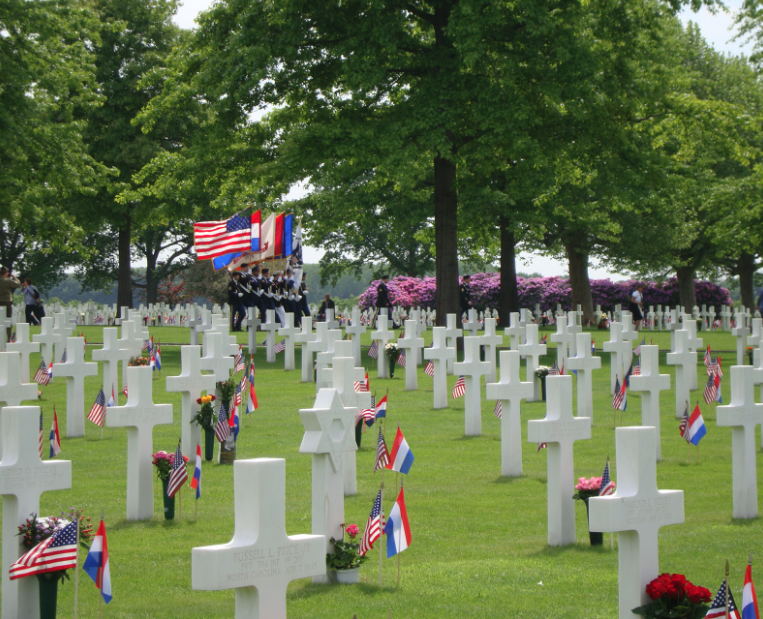
More than a decade ago, Bart van der Sterren adopted American soldiers PFC Hans Bergmayr and Sgt. Cliffe A. Wolfe, two of the 10,000 American servicemen – 8,301 graves and 1,722 names inscribed on the Walls of the Missing – honored at Netherlands American Cemetery in Margraten.
“People around here still consider it an honor to remember the fallen and missing U.S. soldiers,” said van der Sterren via email. “For us, it is the least we can do to show our gratitude and respect for what so many young men from far over the ocean did for us more than 75 years ago.”
Private First Class Hans Bergmayr, on the War Memorial Center Honor Roll, was born in Germany in 1924, and immigrated to the United States with his parents at the age of three. A member of St. Francis of Assisi Parish, Bergmayr graduated as salutatorian from Boys Technical High School in 1943 before joining the U.S. Army in July of that year.
PFC Bergmayr was killed in action in Holland on February 26, 1945, at the age of 20. A memorial service was held at St. Francis Church on 4th and Brown streets in St. Francis exactly one month later, but he was buried at the Netherlands American Cemetery in Margraten, about six miles east of Maastricht, and more than 4,000 miles from Milwaukee.
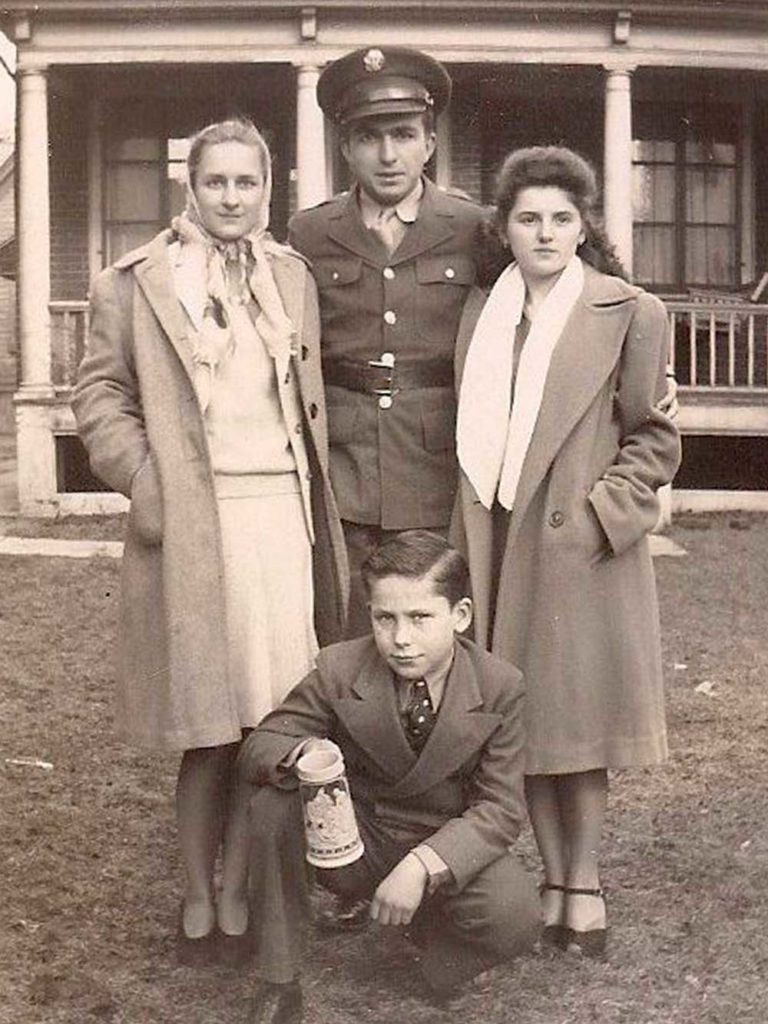
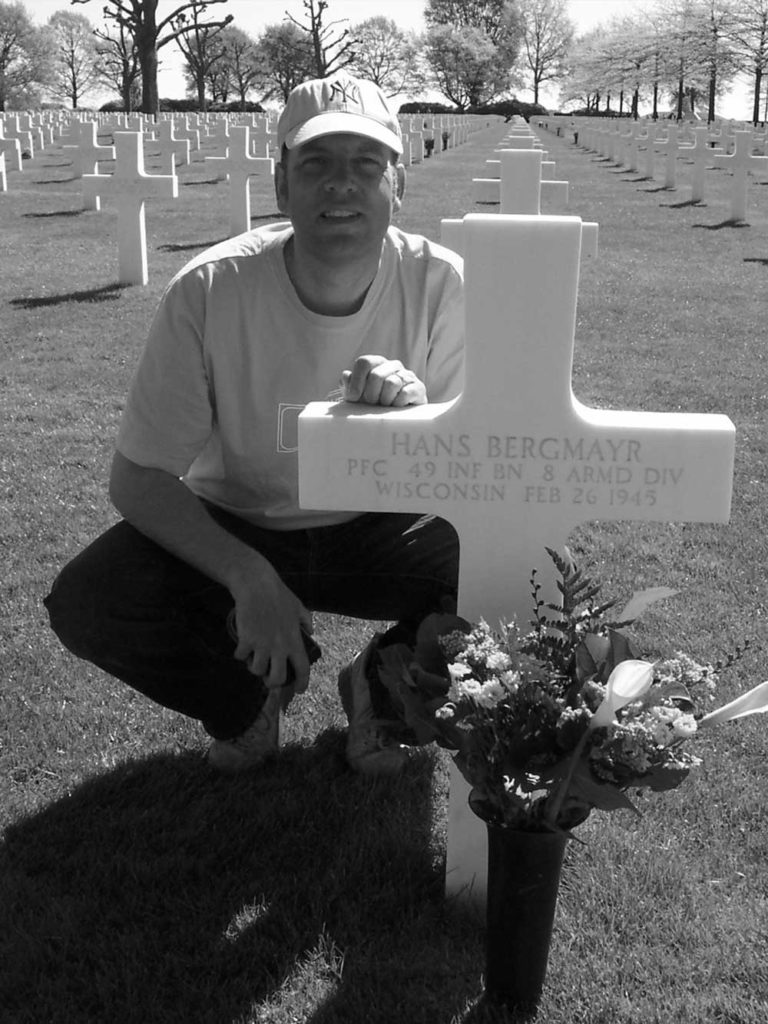
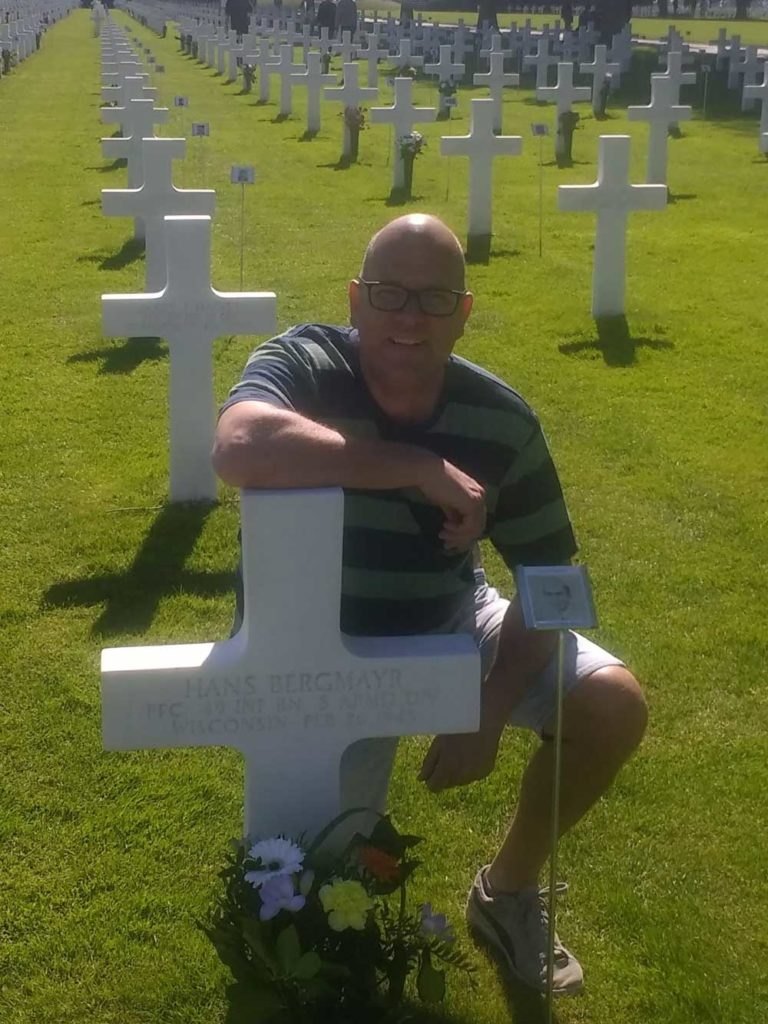
Van der Sterren, who lives about 25 miles from the cemetery, visits Bergmayr’s grave on a regular basis, placing flowers there on Memorial Day, Christmas and Hans’s birthday, December 13. He, along with the others who have adopted graves, also work to compile information about their fallen service member.
“I was eager to learn more – who were these boys, where were they killed or went missing, was there any traceable family, etc.,” said van der Sterren. “At the beginning, I tried to get in touch with the Bergmayr family and tried to find a picture of Hans. With help from friends in the U.S., I found one photo and his sister, but I never got in touch with her. Later, I learned that she suffered too much from the death of her brother and could not talk about it,” said van der Sterren.
Of the 10 foreign countries with American Battle Monuments Commission cemeteries, six are in Europe. The largest is the WWI Meuse-Argonne American Cemetery in France, with 14,000 graves. Nearly 10,500 WWII American war dead are buried at Lorraine American Cemetery, also in France.
In the early 1940s, as the Henri-Chapelle American Cemetery in Belgium was nearing its limit of 8,000 burials, the U.S military began searching for a new cemetery location. Captain Joseph Shomon of the 611th Graves Registration Company had scouted the area and selected a section of farmland in Margraten, Netherlands.
Two days after the military operation to cross the Rhine on March 23, 1945 (and one month after Bergmayr’s death), 1,000 bodies arrived at the cemetery in Margraten. With the help of the local townspeople, all of the dead were buried within two days. Since then, the locals have continued to honor their liberators, as they call the fallen American servicemen. On the first Memorial Day, at the Margraten cemetery – May 30, 1945 – flowers were delivered on 20 trucks and laid at each of the graves, all courtesy of the local townspeople.
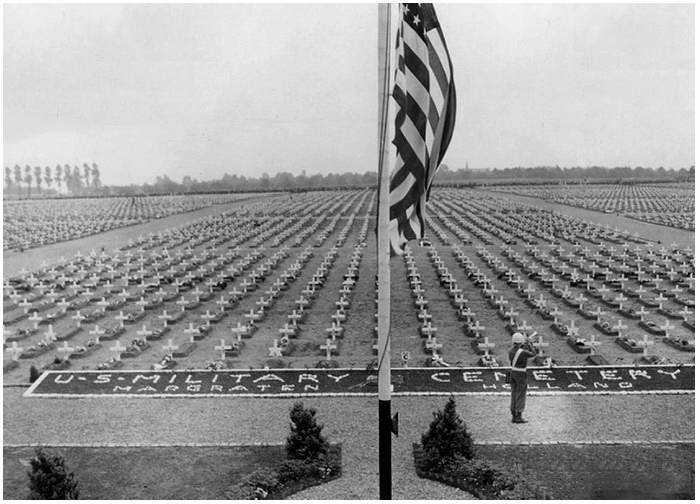
Private First Class Clarence A. Raduechel is one of the 8,000 American service members buried at the Henri-Chapelle American Cemetery. In June 1942, he was serving with the coast artillery in the British West Indies. A rifleman with the 7th Armored Division, PFC Raduechel was killed on October 1, 1944, during the Battle of Overloon, which was fought September 30 to October 18 in the village of Overloon in the southeast of the Netherlands. On the day he died, PFC Raduechel wrote a letter home to his parents and his brother, telling them he had just dug his fox hole and had some time to write because things were quiet.
Dawn Raduechel is Clarence Raduechel’s niece and a WMC Honor Roll researcher. Last month, she posted a message on the Henri-Chapelle American Cemetery Facebook page asking for information on her uncle’s grave. She got nearly 90 responses – and learned that no one had adopted his grave. Within days, she was contacted by a local man who wanted to sign up his 15-year-old son Jason to be Clarence Raduechel’s caretaker, or sentinel, as they call them.
